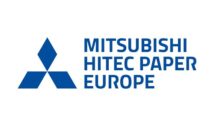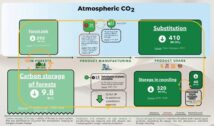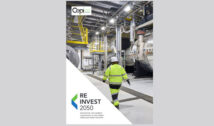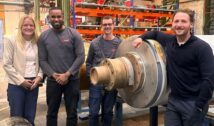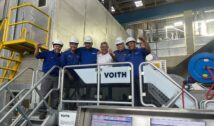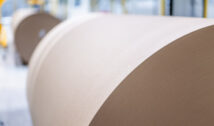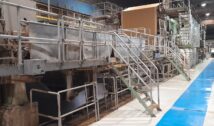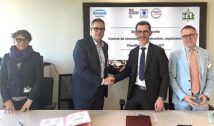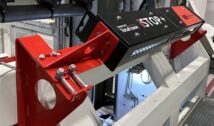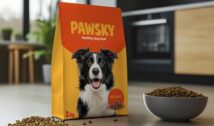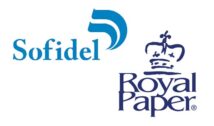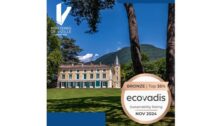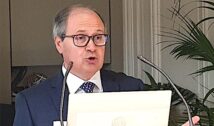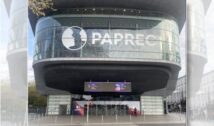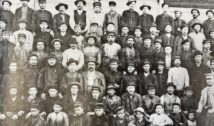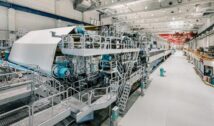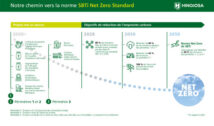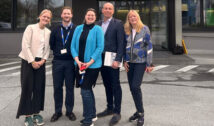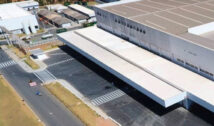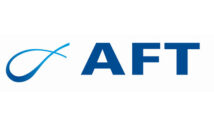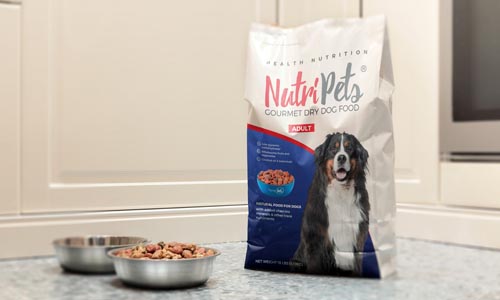
PawPrint™ Pet Food Packaging Papers offer sustainable alternatives for flexible pet food packaging needs.
PawPrint™ papers provide pet food brand owners functional yet visually attractive pet food packaging – inside and out- to help them eliminate the need for single-use plastic with a more sustainable alternative.
“The marketplace is constantly moving to more sustainable, recyclable and chemical-free options for packaging, including pet food packaging,” said Jeff Murphy, Vice President of Ahlstrom-Munksjö’s Food Packaging business. “Our FluoroFree® technology, in addition to our other continuous innovations, are best positioned to help brand owners meet these goals.”
“Several layers go into making the optimum pet food package, and those layers can all be manufactured by Ahlstrom-Munksjö, providing customers with the exact type of package they desire based on grease-resistance, strength, and sustainability goals,” Murphy continued.
Ahlstrom-Munksjö has developed several support technologies featured in the PawPrint™ line of packaging papers, from proprietary and BPI® compostable certified grease-resistant FluoroFree® papers to glossy Gervalux™ multiwall papers.
“PawPrint’s various layers provide different attributes. While the inner liners offer outstanding grease resistance, the outer liners are crack-fold and grease resistant while providing excellent printability and shelf-presence for the brand owner,” Murphy further explained.
PawPrint™ papers come in white, unbleached trulyNatural® papers, and can be converted into several types of end-use packaging structures such as pouches, pinch-bottoms, and SOS (block) bottoms. PawPrint’s supporting technologies can also provide multiple packaging solutions to other types of food applications.
“Ahlstrom-Munksjö has been manufacturing papers for pet food and multiwall packaging for decades,” Murphy said. “Aligning with our ‘from Plastic to Purpose’ campaign and philosophy, we are best positioned to help brand owners make the move back to more sustainable, fiber-based packaging as opposed to non-renewable alternatives.”


